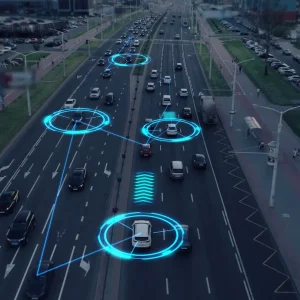Nottingham, Bristol, Milton Keynes and London. The UK’s first four Go Ultra Low cities, where the Government has pledged £40 million on schemes to boost the number of ULEVs on the roads.
These schemes themselves are, as you would expect, largely based around increasing the number of charging points and parking spaces for ULEVs but, from a fleet point of view, the initiatives themselves are not necessarily of too much interest. What is more noteworthy is the direction of travel of policy.
At the most basic level, the thinking behind Go Ultra Low makes it clear that the Government would like to see ULEVs become a key element in the future of urban personal transport. The question, for fleets, is how much further they are likely to go to promote and enforce this policy?
So far, the speed of policy expansion has been slow. It has taken us since 2008 to get from the London Low Emission Zone to here but there is now increasing pressure to improve air quality in UK cities and so further, faster moves are very likely.
At what point will these measures start to have an overall operational impact on fleets? Well, of course, the London zone already affects some fleets to a very high degree but it is quite a localised effect and others never see a vehicle enter. Part of the significance of naming of the Go Ultra Low cities is that it marks the first time we have seen a geographically widespread low emissions policy.
We could be moving to a point where, if fleets want to operate in a number of specific cities, they may really need ULEVs to do so. Already, the London Go Ultra Low package includes streets that are designed to be ULEV-only. It is very easy to envisage a near-future situation where parts of some major cities become ULEV-majority zones.
This is not something that you probably need to worry about today but within a few years it could be very different as Government employs both carrot and stick to encourage fleets and other road users to go ULEV. The four Go Ultra Low cities could be the thin end of the wedge and a harbinger of genuine change in the composition of your fleet with ULEVs taking on a major role.





